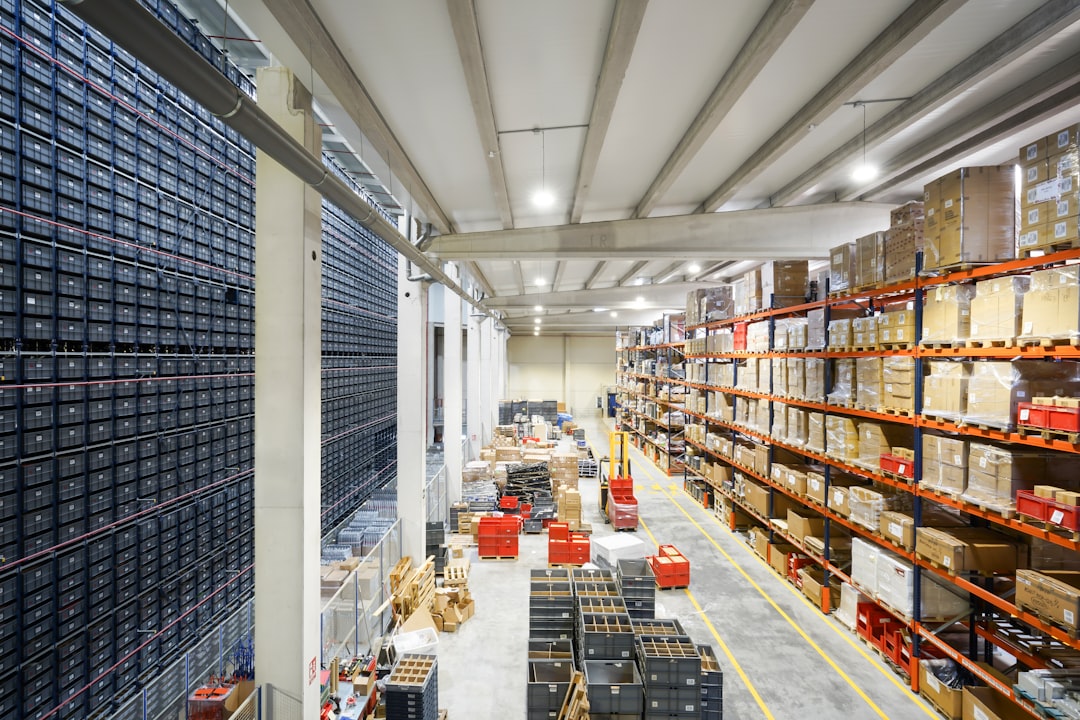In 2025, the enterprise ecommerce landscape has become more competitive than ever, shaped by rapid technological innovation and evolving customer expectations. Among the most transformative developments is headless commerce, a decoupled digital architecture that allows businesses to manage back-end operations independently from front-end customer experiences. As the demand for agility, customization, and scalability grows, three major players—BigCommerce, Salesforce Commerce Cloud, and SAP Commerce Cloud—are vying for dominance in the headless enterprise arena.

These platforms, each with their own strategic advantages, serve large-scale businesses seeking flexible commerce infrastructure. Here’s a look at how these contenders are positioning themselves in the enterprise showdown of 2025.
BigCommerce: Open-SaaS Flexibility at Scale
BigCommerce continues to make waves by leveraging its Open-SaaS approach for headless commerce. Known for offering out-of-the-box functionality with enterprise-grade flexibility, the platform has focused on APIs, GraphQL capabilities, and support for multiple front-end frameworks like Next.js and Vue Storefront.
Strengths:
- Developer friendly: BigCommerce offers extensive SDKs and open APIs, empowering organizations to build custom front-ends while using BigCommerce’s robust back-end.
- Cloud-native SDKs: The platform has invested in native integrations with AWS and Azure to streamline scalability and performance.
- Lower TCO: Compared to legacy platforms, BigCommerce often delivers a more cost-effective solution with quicker implementation times.
Challenges:
- May lack the enterprise customization depth found in older monolithic systems.
- Emerging in new global markets, it still needs broader international features at scale.
Salesforce Commerce Cloud: CRM-Centric Powerhouse
Salesforce Commerce Cloud remains a dominant force, thriving on its close integration with Salesforce’s wider ecosystem. Its strength lies in combining ecommerce with personalized CRM, AI-driven insights, and marketing automation technologies through Salesforce Customer 360.

Strengths:
- Unified customer view: Salesforce’s holistic approach helps enterprises unify sales, marketing, and service under one platform.
- Artificial Intelligence: Einstein AI delivers advanced personalization, predictive analytics, and merchandising optimization.
- Scalability: Proven enterprise performance for global B2C and B2B operations.
Challenges:
- High total cost of ownership (TCO) and complexity in implementation can deter mid-size enterprises.
- Headless customization often requires heavy reliance on certified developers and consultants.
SAP Commerce Cloud: Enterprise Depth and Industry Focus
SAP Commerce Cloud (formerly Hybris) remains a robust option for large enterprises with complex use cases across industries such as manufacturing, telecommunications, and automotive. It’s part of SAP’s broader enterprise suite, enabling seamless data integration across ERP, CRM, and supply chain systems.
Strengths:
- Industry-tailored solutions: SAP offers pre-built accelerators and modules crafted for specific verticals.
- Omnichannel commerce: SAP is strong in delivering connected experiences across physical and digital channels.
- Comprehensive integration: Deep native linkage with SAP S/4HANA enhances operational efficiency.
Challenges:
- Requires significant resources for deployment, customization, and maintenance.
- Headless implementation depends on heavy engineering effort, often slowing time-to-market.
Emerging Trends and the Road Ahead
As enterprises continue to shift toward composable architecture, the need for interoperability, elasticity, and personalized customer journeys only intensifies. API-driven ecosystems, MACH alliance principles (Microservices-based, API-first, Cloud-native SaaS, and Headless), and cloud infrastructures are increasingly defining the new normal.

In this context, BigCommerce appeals to tech-forward brands seeking flexibility with cost-efficiency, Salesforce is ideal for companies seeking deep CRM integration with ecommerce, and SAP remains a powerhouse for businesses with specialized industry needs and advanced ERP integration requirements.
Conclusion
The headless commerce landscape in 2025 underscores a broader enterprise shift towards modularity and business agility. While each of the major platforms—BigCommerce, Salesforce, and SAP—brings a unique value proposition to the table, the optimal choice depends on a company’s existing infrastructure, industry demands, and digital maturity.
With customer experience, flexibility, and operational efficiency driving digital strategies, enterprises must evaluate their ecommerce platforms not just on functionality, but also on future-readiness and alignment with broader technological ecosystems. The showdown continues, but the future will belong to those who adapt fastest to a truly decentralized and dynamic ecommerce world.
